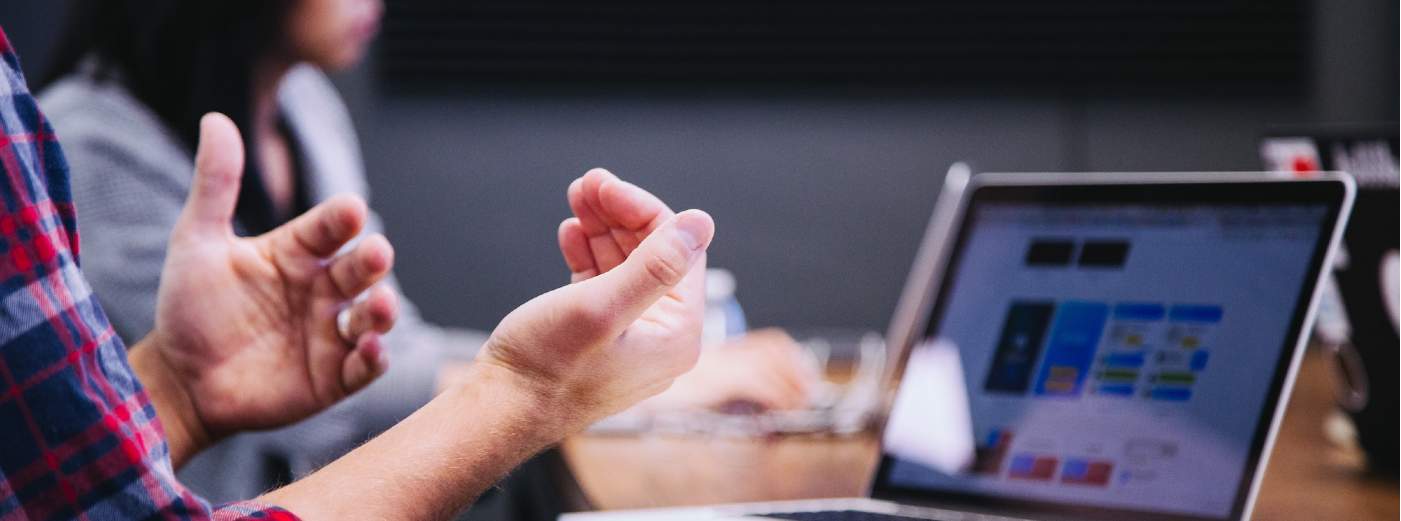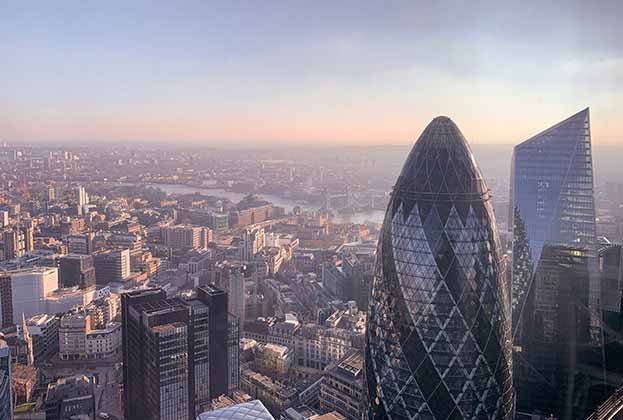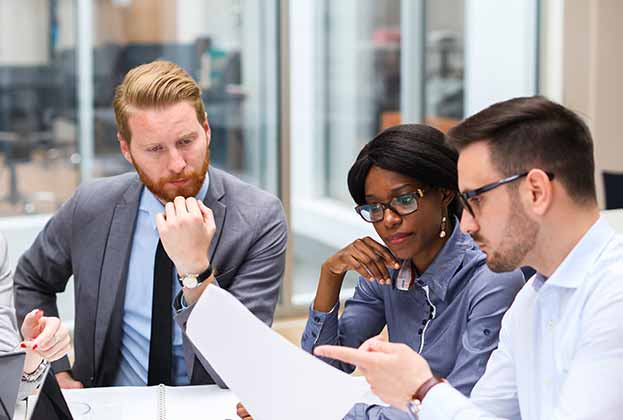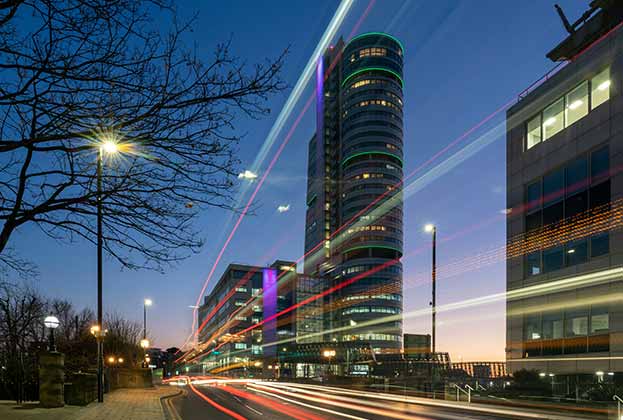A lot has been said about how the office will change as a result of the hybrid working models that have emerged since the start of the Covid-19 pandemic. Initially the short-term focus was around how people could return safely, while now it is all about enticing, employees back to the workplace. Looking ahead, however, without a crystal ball it is difficult to predict how things may evolve in the next five or even 10 years.
We know from our recent Office FiT survey that the office remains vital, but in order to stay this way it must be able to continuously adapt to new ways of working.
With this in mind, how can you futureproof your office to contend with constantly changing trends?
Office layout
Layouts must allow for greater flexibility and cater to agile ‘activity-based’ working. The office landscape will need to be more intuitive, taking into consideration collaboration or quiet time by incorporating a mix of designated and shared desks, meeting rooms, quiet booths and social spaces.
Furniture
Furniture will play an increasingly important role in the office of the future. Flexible furniture solutions for meeting, collaboration and quiet study areas will replace the need for traditional cellular spaces, ultimately resulting in reduced fit-out costs.
What’s more, 1.6 metre desks will likely become standard to provide natural distancing and personal storage lockers will become an essential.
Occupational densities
Following two years of social distancing, office workers will want more space. The BCO recommended density of 8 to 10 sq m per person may well increase to one person per 10 sq m, and perhaps even 12.
People will also place more importance on fresh air, so ventilation should remain high priority regardless of lower densities.
ESG and wellness
The more natural and sustainable materials that can be incorporated into an office fit-out the better. Covid-19 has made employees increasingly aware of how their physical environment impacts their mood and happiness levels, so the workplace must reflect this.
Studies have shown that incorporating the five senses, especially sight, touch and smell help to reduce anxiety. This is why biophilia, for instance, is important for wellbeing.
Smart technology
A balanced physical-digital ecosystem that bridges the gap between remote and office based workers will be crucial moving forward. Building apps that allow occupiers to book desks and meeting rooms will become the norm and obvious things such as good quality Wi-Fi and mobile signal strength remain vitally important.
Acoustics
Managing sound will go beyond noise-cancelling headphones. Acoustic design will need to be considered from the outset and have to extend to open plan areas as well as meeting rooms.
The future
Who knows what the future might hold? Google is currently developing hybrid spaces that blur the line between home and office working. Innovations already being tested include hot desks that adjust to personal preferences at the swipe of a card, inflatable robot walls that adapt to the space around you, his and hers air-conditioning and video call campfires that create a level playing field for those in the office and at home.
Whether we end up with robots or not, all of these things will help to ensure flexibility when it comes to future office space.

-impact-the-office-sector(1).jpg)

.jpg)






